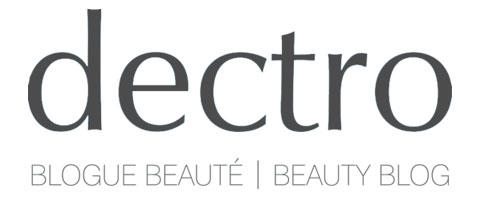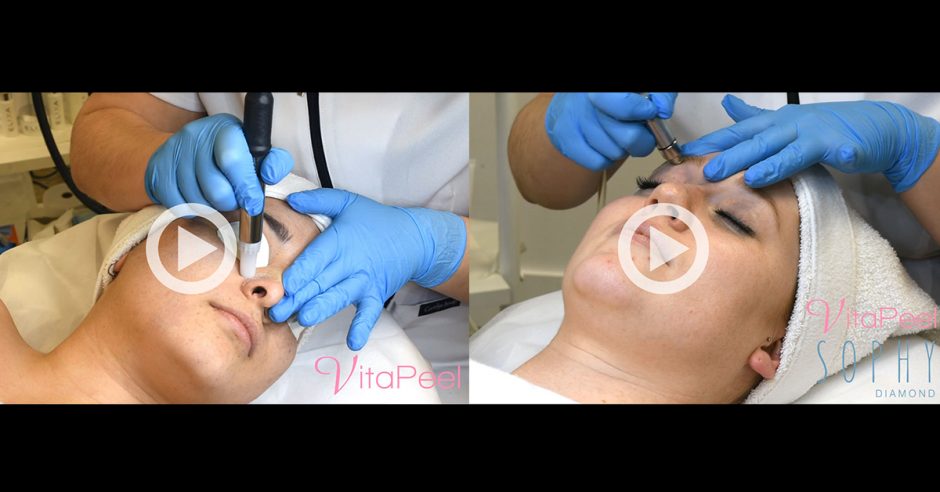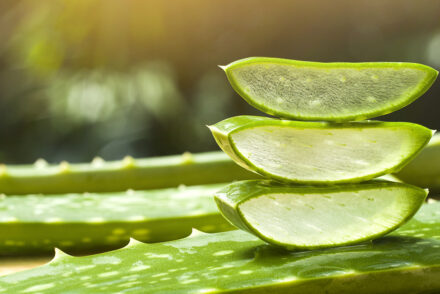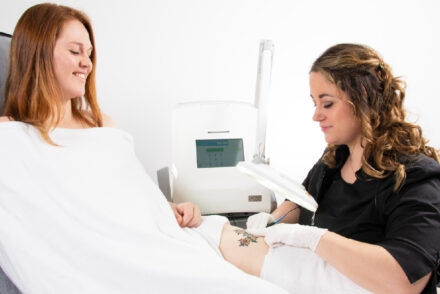Microdermabrasion is a mechanical exfoliation procedure that removes part of the horny layer of the skin. Its goal is to make the skin softer, smoother and more even, while stimulating it. But what does a microdermabrasion treatment look like, exactly? The answer will vary according to the type of device used.
Two distinct procedures
For more than 20 years, the default method has been to launch corundum crystals at high speed with a specialized stylus. Used crystals as well as dead skin cells, dirt and other impurities are simultaneously suctioned off thanks to an integrated vaccum system. Microcrystal-based microdermabrasion is a tried-and-true method: efficient, comfortable and flexible. Then why is it that we see it being slowly replaced by the new diamond-tip devices?
This question requires a nuanced answer. There are things about which this new technology is a definite improvement. For starters, diamond-tip microdermabrasion devices such as Dectro’s own Sophy Diamond allow for direct contact between the abrasive surfaces and the skin. Because no volatile particles are involved, it is now possible to safely treat zones closer to the eyes and mouth. Diamond-tipped dermabrasion is also an easy technology for professionals to deal with. It is also more economical in the long run, since one does not need to keep buying crystals to continue operating the device. That being said, the end-piece still needs to be cleaned and sterilized after each use. As for those who claim that diamond-tip dermabrasion treatments allow for more comfortable treatments, this we leave for the individual to decide.
Why choose when we can enjoy both?
We hope you’ll draw from this cursory discussion that the traditional microcrystal treatment method is by no means obsolete. One could even agree that it is preferable in some cases. Indeed, microcrystals can be a more efficient way to deal with highly irregular surfaces, as a stream of particles is by nature better suited to conform itself to the uneven features of the skin. This treatment method also offers more power output in order to deal with deeper-set lesions. Last but not least, because corundum is inert matter, it is not subject to contamination. There also is no need to clean and sterilize the end piece, as it is designed to be single-use only.
Therefore, if both methods have their utility, why choose one over the other? That very idea was the driving force behind development of the VitaPeel at Dectro. Thanks to this device, one is able to seamlessly transition from one technique to the other in order to use the strength of each, according to circumstance.
One is a good thing, but two it definitely better!
Here are two videos showing you both treatment options in action. The first one using the diamond tip technique:
And here is corundum crystal technique. Notice the eye protection.








No Comments